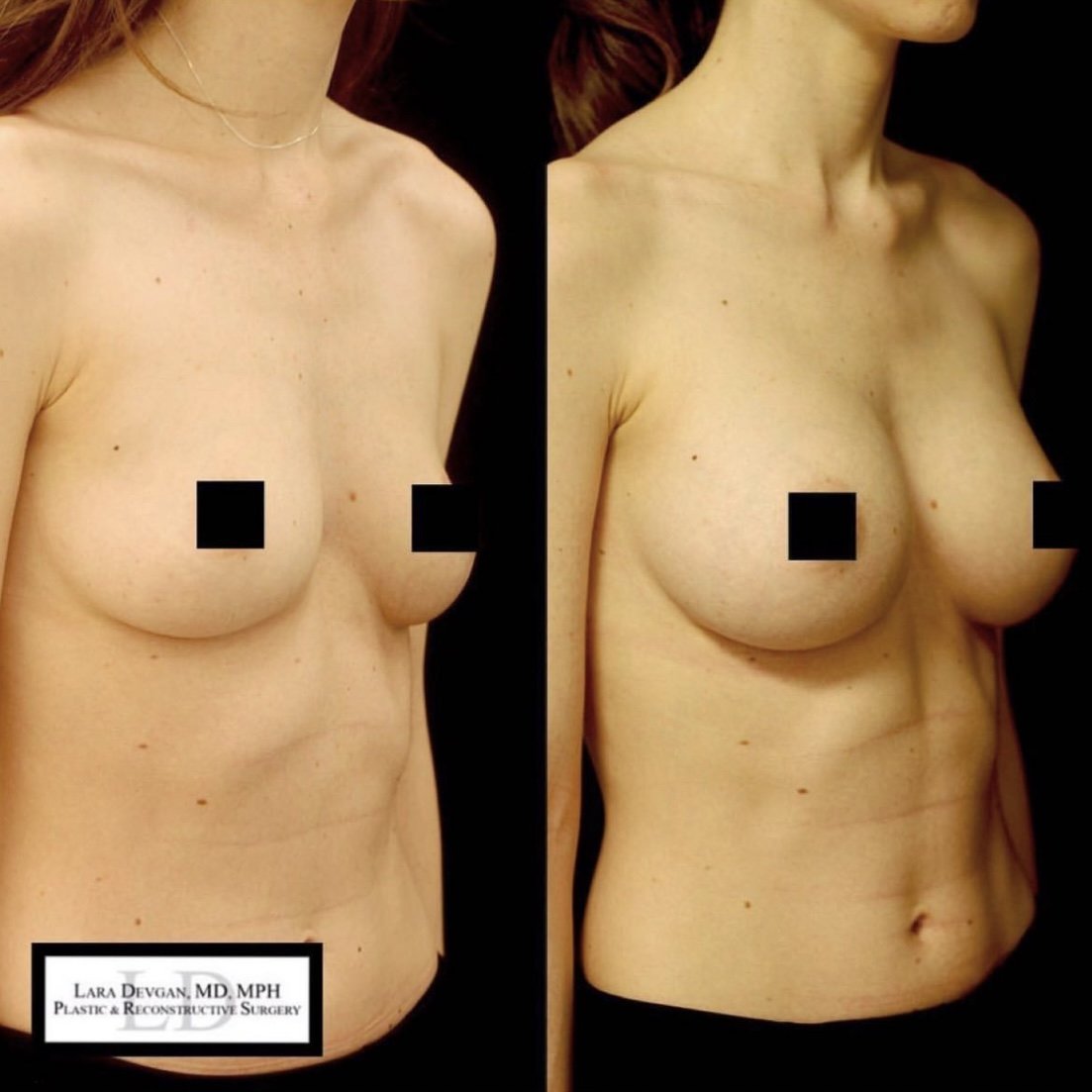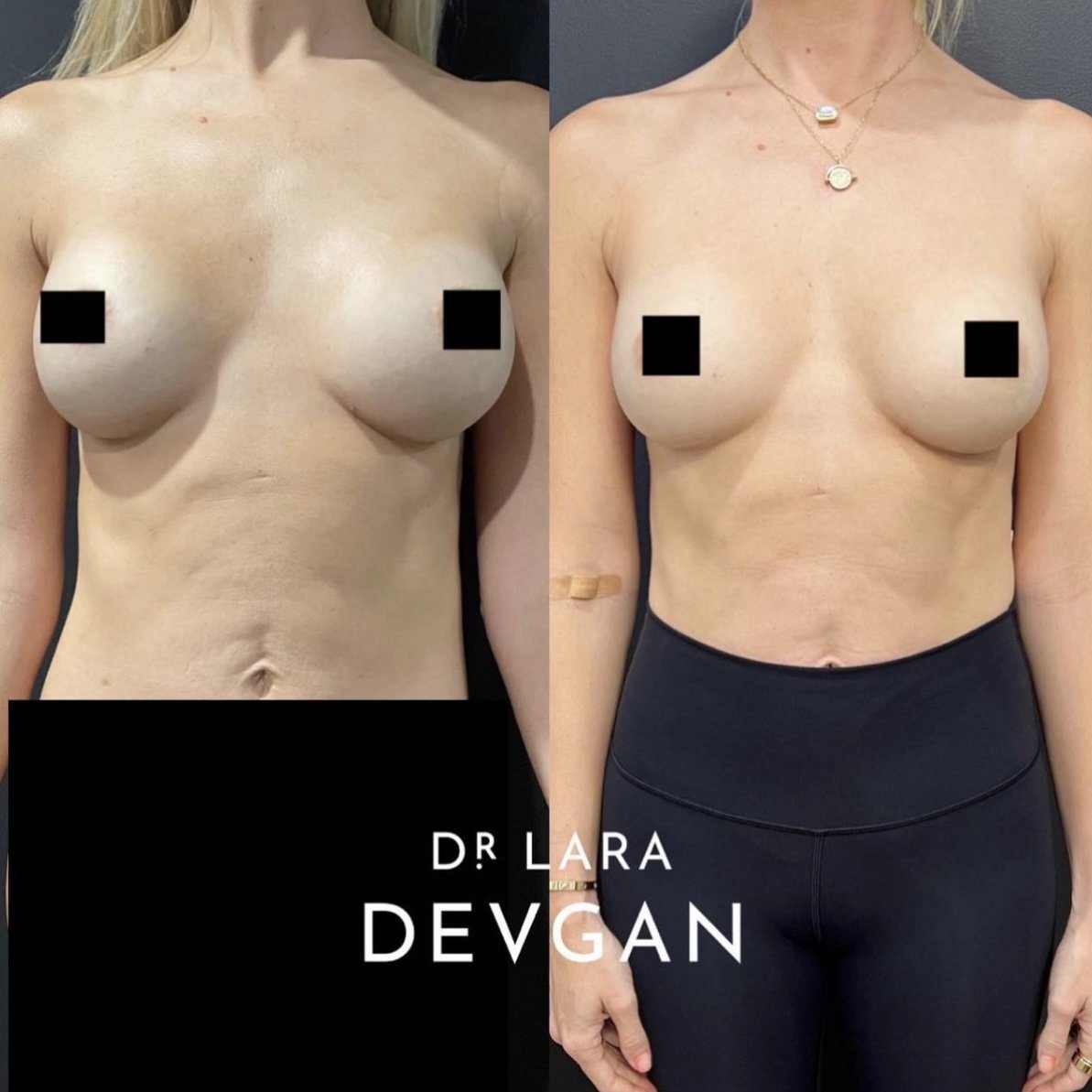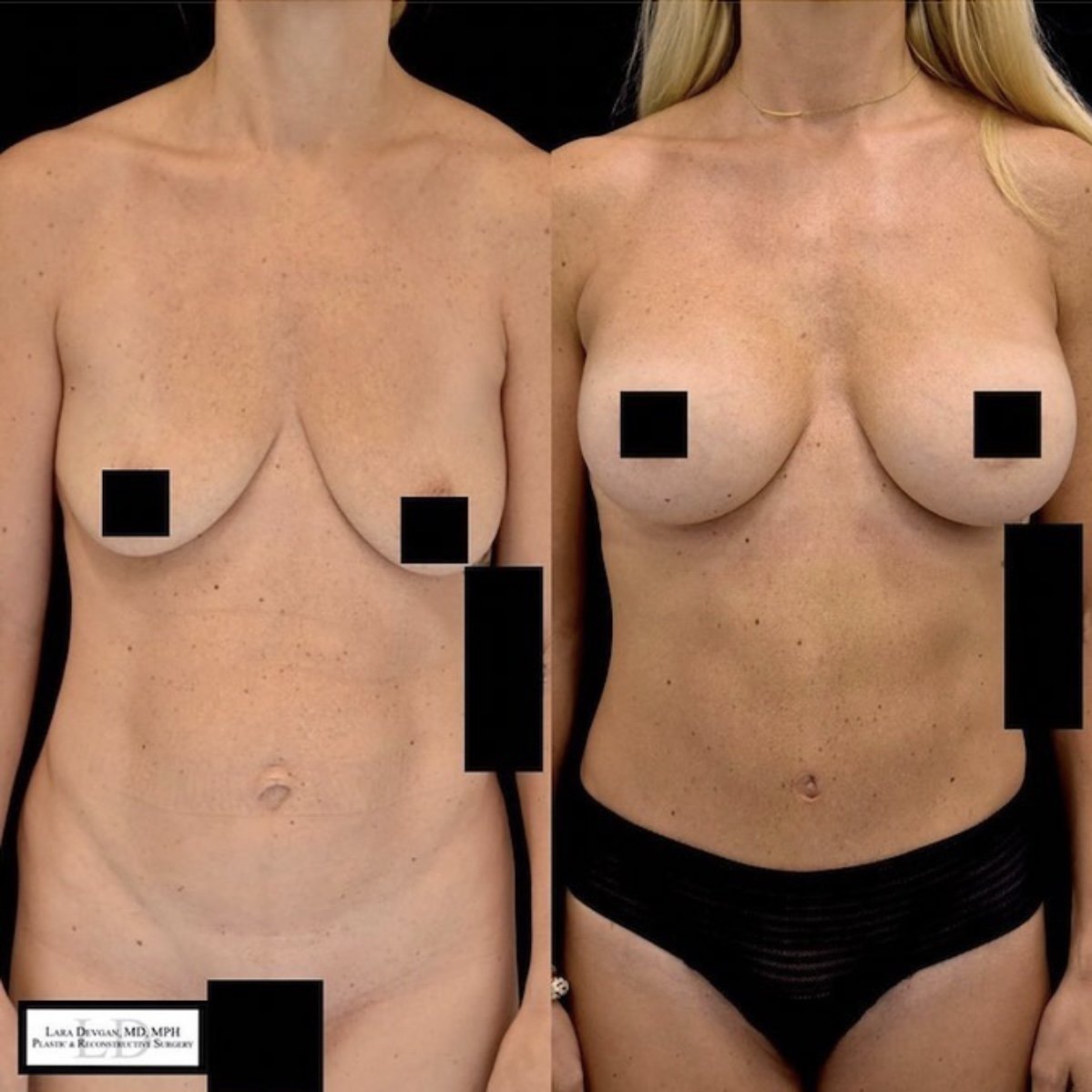BREAST AUG CHEAT SHEET
Post-op 101
Carefully follow the postoperative instructions provided by myself, my surgical coordinator, and my nurse. These instructions include guidelines on medications and activity restrictions. Adhering to these instructions will help optimize your healing process.
I recommend wearing your supportive surgical bra or compression garment to provide gentle support to the breasts. We ask patients to wear the same bra for a minimum of 48 hours straight, and afterwards you can give yourself 1-2 hour breaks throughout the day. Compression is key. This helps minimize swelling, promote healing, and maintain proper implant positioning.
Proper care of your incisions is crucial. Keep the incision area clean/dry as possible and avoid submerging your incisions in water. You will take off the steri-strips placed two weeks after surgery.
You may experience some discomfort or pain after surgery. If needed, take the prescribed pain medication to manage any discomfort. Patients typically report their pain to be well managed with extra strength Tylenol.
No strenuous activity for six weeks. You will need to limit activities such as heavy lifting and upper body movements. Gradually ease back into your regular routine and if any activity causes discomfort, do not continue to push yourself.
You will have a post operative appointment one week after surgery day and another one 6 weeks post-op. It is imperative that you attend your scheduled follow up visits. I want to monitor your healing progress, address any concerns, and provide further guidance as needed.
Pay attention to any unusual changes or symptoms, such as excessive swelling, redness, persistent pain, or changes in breast appearance. If you notice any concerns, promptly contact my office for an evaluation.
















































